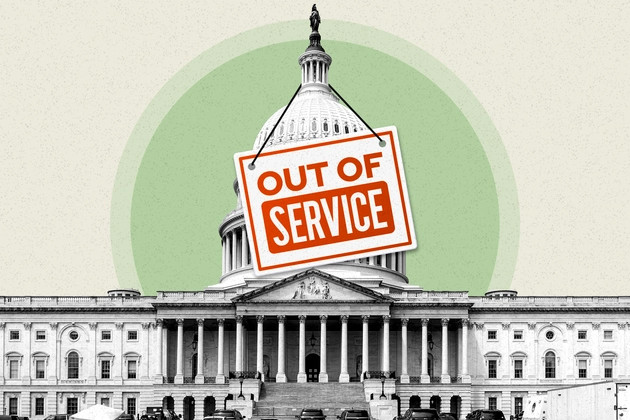Earlier this month, the Los Angeles Dodgers won the world series. Shortly after that, Forbes published an article about the record-breaking global viewership that the world series amassed. The 11-inning Game 7 instant classic had over 51 million viewers across just the U.S., Canada, and Japan. There are a couple obvious reasons for the...
The Economic Impacts of The Red Sea Ceasefire
As reported in this article by The Guardian, earlier this week, President Donald Trump announced that the U.S. had reached a ceasefire agreement with the Houthis in Yemen. The U.S. will stop its bombing campaign against the Houthis, and in return, the Houthis agreed to stop targeting shipping in the Red Sea. The U.S. started its campaign after Houthi attacks on commercial vessels disrupted global shipping lines. The potential return to safety for ships in the Red Sea has varying economic impacts.
According to Reuters, roughly 12% of global trade passes through the Red Sea, worth an estimated 1 trillion U.S. dollars of goods a year. Therefore, the prospect of a ceasefire in the Red Sea region provides hope for future economic safety. In the short term, shipping costs–currently inflated by route diversions–are expected to fall. Before the ceasefire, some ships decided to go around the Cape of Good Hope instead of passing through the Red Sea, adding millions of dollars in extra fuel, insurance, and time-related costs. Additionally, oil prices are also expected to stabilize. The return to safety in the Red Sea has the potential to decrease shipping times and logistics costs. While trade volume has decreased since the beginning of this crisis, industry experts hope that trade can return to pre-crisis levels. Egypt's Suez Canal Authority recently met representatives from shipping companies, offering them a 15% discount for big container ships in an effort to win back trade. In the broader picture, resuming safe navigation in the Red Sea region should help restore supply chain predictability and reduce inflationary pressure worldwide.
This CNBC article, published last week, talks about how the U.S. federal government has just shut down. The shutdown started after Congress failed to reach an agreement on a funding bill before the deadline. The article goes on to talk about the immediate impacts on federal workers, disruptions to non-essential government services, and the...
Is There An AI Market Bubble?
This CNBC article from earlier today discusses how OpenAI CEO Sam Altman thinks that the artificial intelligence market might be in a bubble. Altman compared today's AI enthusiasm to the dot-com bubble of the late 1990s, where inflated valuations led to a market crash. Altman acknowledged the revolutionary potential AI has, but cautioned that...




